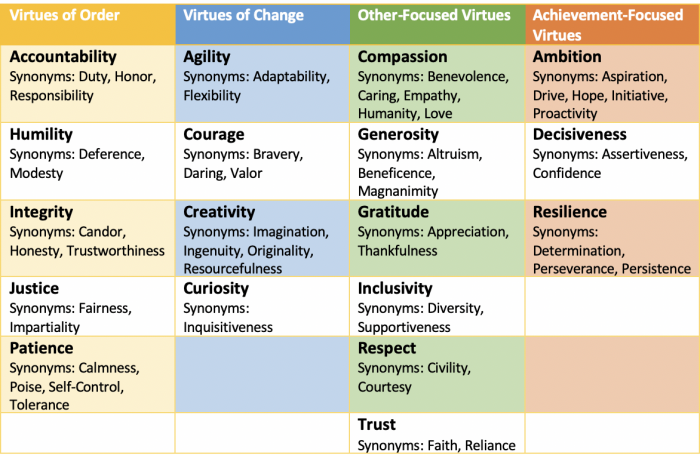
Designing Classes to use Leadership Amplifier
Where Leadership Ampilfier Fits
Much of the learning that people do with Leadership Amplifier should happen after class sessions or in-between class sessions. It is a good idea to provide time in class for people to make action plans—especially the first time they make action plans—so that instructors can check in with them and provide feedback, and also so that people can ask questions of instructors. However, people also benefit from getting in the habit of developing, executing, and reporting on plans independently of instructors.
Typically, we recommend that instructors use class time for introducing students to leadership concepts, leading discussions with them on how people have applied or might apply those concepts in practice, and perhaps even engaging in experiential activities designed to give students a visceral feel for the concepts being taught while in the classroom. Then, with the help of Leadership Amplifier, they can practice applying what they learn after class or in-between class.
Selecting Virtues
Also, because Leadership Amplifier is built on a model of leadership that begins when people exhibit virtue with an excellence that exceeds the excellence they would have exhibited if they had conformed to convention, we also recommend that, in addition to general instruction on leadership, instructors should focus some class time on specific virtues, which enables them to dive deeply into complex theoretical and practical discussions about what it means to implement specific virtues in real circumstances. Leadership Amplifier allows instructors to select four virtues for people to work on at a time. (The instructor can choose more than four on which to work, but if instructors wish to do this, they will need to have people work on four virtues for a period of time, and then go into the administrator settings for the app to replace the first four virtues with new virtues.) The virtues which can be selected in Leadership Amplifier, and synonyms of those virtues, are as follows:

Leadership Amplifier recommends, but does not require, selecting one virtue from each list for community members to practice. Because actions are more virtuous when they exhibit multiple, distinct virtues, practicing distinct virtues increases how ethical people are when they act. Also, it is more complex to exhibit distinct virtues, so practicing distinct virtues accelerates people’s development of both the wisdom with which they act and the skill with which they exhibit virtues.
Temporal Pacing with Class Time and Leadership Amplifier
Given these principles, course design using Leadership Amplifier should account for the practicing of multiple, distinct virtues, and also for iterating classroom learning with real-time practice. For example, in a corporate setting, employees undergoing leadership development might attend a two-day, onsite leadership seminar to kick off the development process, a second two-day, onsite seminar after three months as a formal (but not final) conclusion to the development process, with bi-weekly class check-ins online, using Leadership Amplifier to practice their leadership throughout the three-month process. In contrast, in a university setting, students may participate in a 14-week class with two class sessions per week, in which Leadership Amplifier is part of their required homework assignments each week. In either case, instructors could ask users to earn a certain number of points between classes, or on a weekly or bi-weekly basis as a requirement for participation in the class. Instructors can also choose whether to ask participants to focus on specific virtues between classes, or to allow participants to choose which virtue to focus on depending on the specific situation in which they are planning to practice leadership.
Integrating Leadership Amplifier Experiences in Classroom Discussions
Student development and learning will also be most significant if instructors read participants’ plans, reports, and comments on each other’s plans and reports, and then uses these experiences to frame classroom discussions. For example, if an instructor reads a plan or report that is particularly intriguing, they could ask the author of that plan or report questions in class, and ask other class participants questions about that participant’s plan or report. In addition to being a personal learning opportunity, this kind of class conversation also motivates participants to do a good job with their use of Leadership Amplifier because they know the instructor is reading the plans and reports, and that they may need to talk about their plans and reports in class.
We also recommend scheduling class time early in the development process, or early in the semester for a university class, to helping people learn how to useLeadership Amplifier and what benefits they can expect to receive from using it.
Previous: How to Teach with Leadership Amplifier? Next: “Helping Students Understand the Benefits of Using Leadership Amplifier